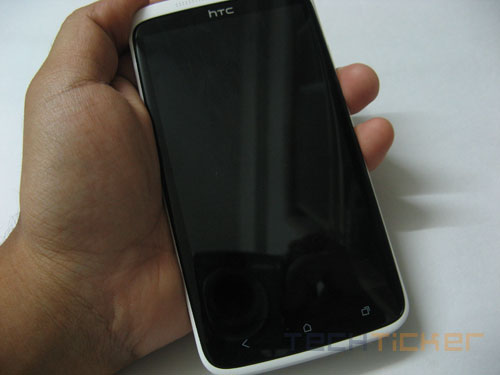
HTC had a passable 2011 but with a new year HTC adopted a new design for its One Series. One X is the top-of-the-line handset and we take a closer look to see if it can compete with the budding range of quad-core devices.
Design
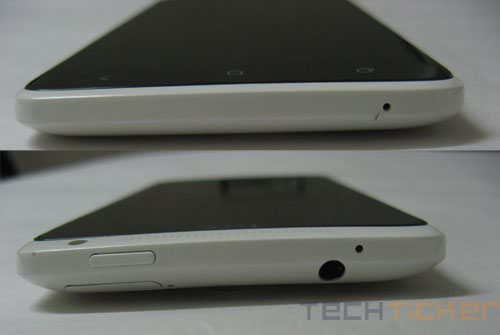
HTC has adopted a slightly different design, which now boasts a polycarbonate unibody design and frankly looks pretty good. Furthermore, the finish also gives a good grip of the phone despite the phone’s size. The power button is located at the top right corner with the volume controls buttons on the right side. The micro-USB port in on the left side and the headphone jack is present on the top left side. Below the screen are three touch sensitive buttons – Back, Home and Recent apps. The standard menu or search buttons are missing.
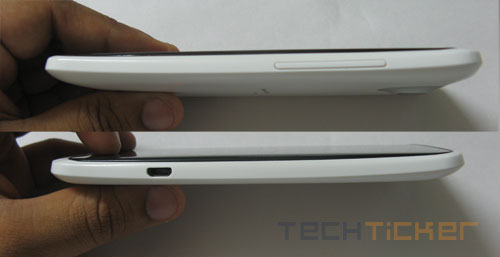
Display
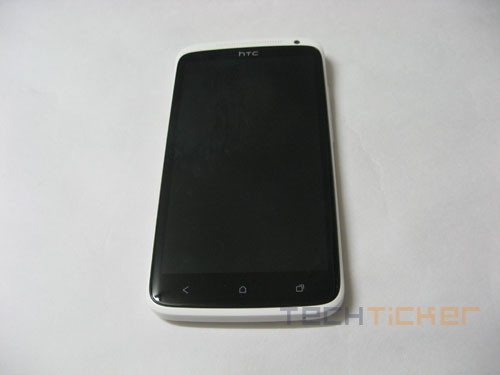
One X features a 4.7-inch 1280×720 display. Unlike Samsung that has taken liking to AMOLED screens for their flagship devices, HTC has adopted SLCD. Needless to say, the text and picture quality is crisp due to the high resolution. Outdoor readability is goo to. The screen panel is protected by Gorilla Glass which is an added advantage.
Performance
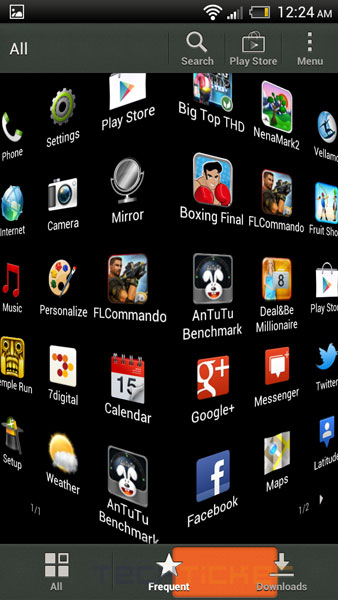
One X is one of the first phones to come with Nvidia’s latest Tegra 3 SoC. For the uninitiated, Tegra 3 is a quad-core chip that runs at 1.5GHz. One X also features 1GB RAM, which in combination with the Tegra processor ensures faster and smoother operation. However, we found the phone’s back to get overheated after few minutes of usage. The phone also features the HTC Sense 4.0, HTCs own UI for Android phones. Well, we haven’t been a fan of customized UI, but slowly we are growing on it. The UI is smooth and clean, multitasking, app switching is like a breeze. HTC One X runs Android 4.0 out of the box but gives the OS a Sense UI overhaul to make it distinct. The Sense UI 4.0 is what you’ll find in the One X. And just like previous Sense iterations, the user interface customization runs deep.
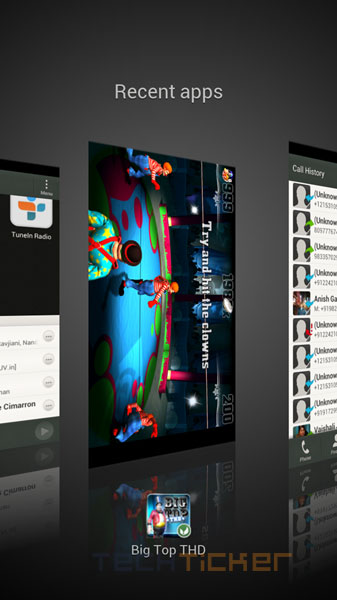
Multimedia
One X does not disappoint on the multimedia front as well. The video playback is great with better codec support whereas audio player is able to handle prevalent audio formats. The inclusion of Beats audio also helps to enhance the overall audio quality.
Camera
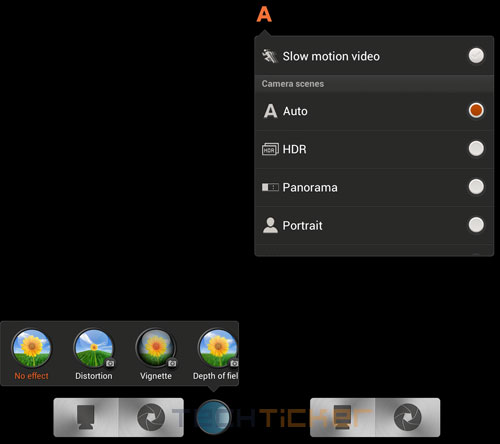
One X boasts an 8-megapixel snapper that is capable of recording 1080p videos and take advantage of the integrated LED flash. HTC has been emphasizing on the One X’s camera and rightly so. Snapping a picture is blazingly fast and so are the choice of different filters and options that sit nicely along the camera user interface. You can shoot stills while recording video or even extract stills from video in “post-production”, picking the frames you want from recorded footage. The only gripe that we have is that there no dedicated camera button on the phone, all controls are on-screen. Another worthy mention is the burst shoot mode that takes pictures in quick succession, apt for taking sports or moving objects photos.
Battery life and others
The phone does not have user accessible battery, that means in case you need to change the battery, it will have you visit the service center. Trend started from the iPhone 4, the HTC One X like many other smartphones now uses a micro-SIM. Thus, be prepared to convert your regular SIM to a micro-SIM in case you are buying this phone.
On the storage front, the phone comes with 16GB and 32GB capacities. This one lacks the expandable storage. But just as Google recently said, according to their research, no user uses more than 8GB of storage and we also agree to this fact. Other features of the One X are Wifi b/g/n support, Bluetooth 4.0, MHL-TV out (requires accessory), GPS with A-GPS and DLNA.
The One X is available in two colours, Brown Gray and White. Priced at Rs. 36,099 this one surely requires to break the bank. Considering, the Samsung Galaxy S3 retailing around at the same price with some innovative features, it really comes down to choosing the one that you are personally comfortable with.
Rating: 
Pros: Screen size, Beats audio, Performance
Cons: No user accessible battery
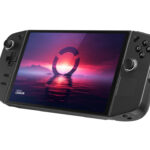




Leave a Reply